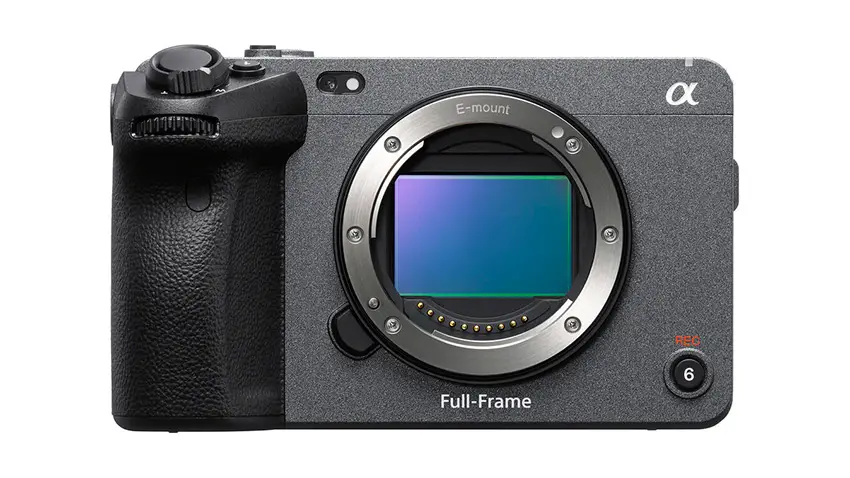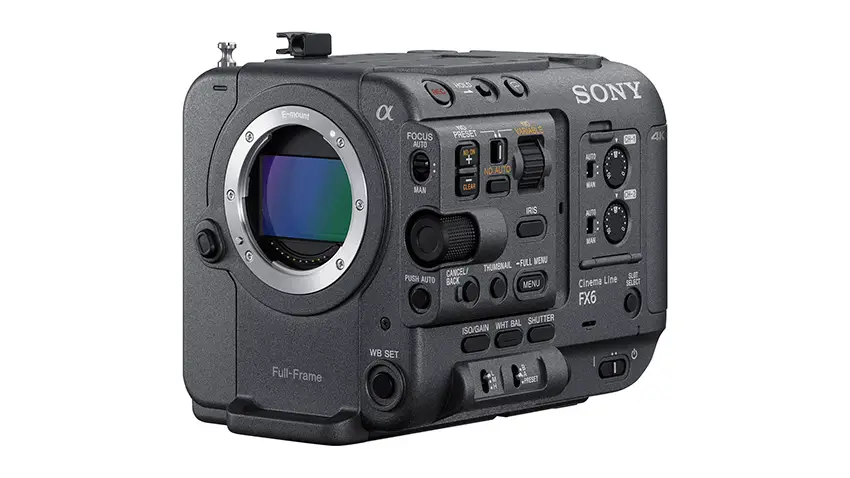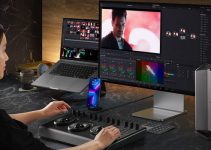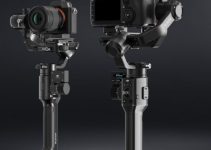Just because you have a camera that is supposed to be one of the best in low-light situations it doesn’t mean you are immune to noisy footage. Good technique is still key to capturing clean footage.
Even the Sony FX3 and FX6 with their highly-sensitive full-frame sensor are susceptible to noise and they basically hold the title for best low-light cameras.
Speaking of those two models, if you have been having trouble with noisy footage from your FX3 or FX6 or you simply want to avoid it altogether with your new gear then you’ll want to learn these three tips from filmmaker Ronald Kasper.
Before we dive into the tips, it is helpful to understand noise. There are two types of noise to look at: electronic noise and photon shot noise.
Electronic noise is what results from the camera’s own technology and processing. Photon shot noise results from not having enough light hitting the sensor. This is hard to account for and the more problematic noise in dim lighting.
1. Use Correct Recording Settings
Shouldn’t be surprising that the best tip is to use the correct settings. While it may seem like modes like S-Log3 make noise more prominent, it is actually more about the settings you use than the gamma.
S-Log3 will always give you more dynamic range and that is going to be helpful in low-light shooting.

Image Credit: Sony
2. Use Lower Base ISO
This one should be more intuitive, but it is to use the lowest base ISO setting. As you likely know already, the higher the ISO the more noise. So for the FX3 and FX6 you’ll be as ISO 800 instead of ISO 12800.
You may think about the a7S III where the footage does appear to clean up quite a bit at ISO 12800. That is because it is using some aggressive noise reduction. The FX3 falls into a similar camp there.
If you are using the FX6 you will have the ability to turn off any noise reduction and you should do that since noise removal in post is usually more effective.

Image Credit: Sony
3. Using ISO 12800 Only with Overexposure
More light will always help with your footage. If you hope to recover any details from your shadows you’ll want to increase the signal and overexpose your footage, especially at ISO 12800.
When you shoot at those settings you may see a lot of noise, but in post you will ideally be bringing down some of the shadows to improve contrast and yet still retain good detail. By reducing the exposure in post you will actually hide some of that noise.
These are some solid basics to help minimize noise in your shots.
[source: Ronald Kasper]
Order Links:
Disclaimer: As an Amazon Associate partner and participant in B&H and Adorama Affiliate programmes, we earn a small comission from each purchase made through the affiliate links listed above at no additional cost to you.



